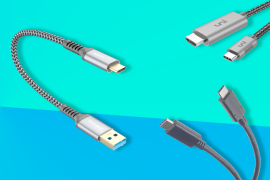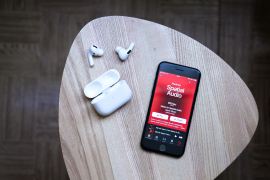Google Pixel 8 Pro vs iPhone 15 Pro: which is best?
Google's latest and greatest squares off against Apple's titanium titan
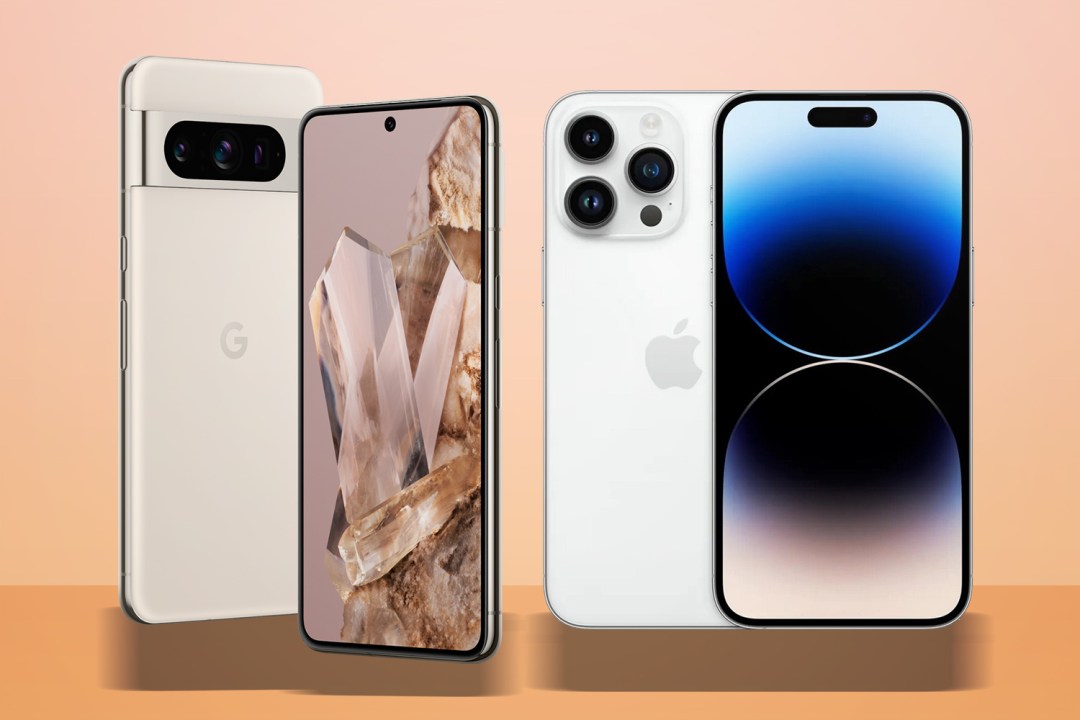
For the past few years, choosing the best smartphone has boiled down to just a few class-leading models. In 2023, two of those front runners come from Apple and Google – but which is most deserving of your cash is a tricky question to answer.
Both use own-brand CPUs. Both arrive with the latest version of their respective operating systems. And both claim to have the best cameras in the phone world. You’ll also need a considerable amount of cash to get either one in your pocket – the Pixel 8 Pro starts at $999/£999, and so does the iPhone 15 Pro. We’ve gone over the finer details of the Pixel 8 Pro in our review. But if you still need help deciding between Google and Apple, here’s how the two phones stack up, and where each phone comes out on top.
Pixel 8 Pro vs iPhone 15 Pro design: metal marvels
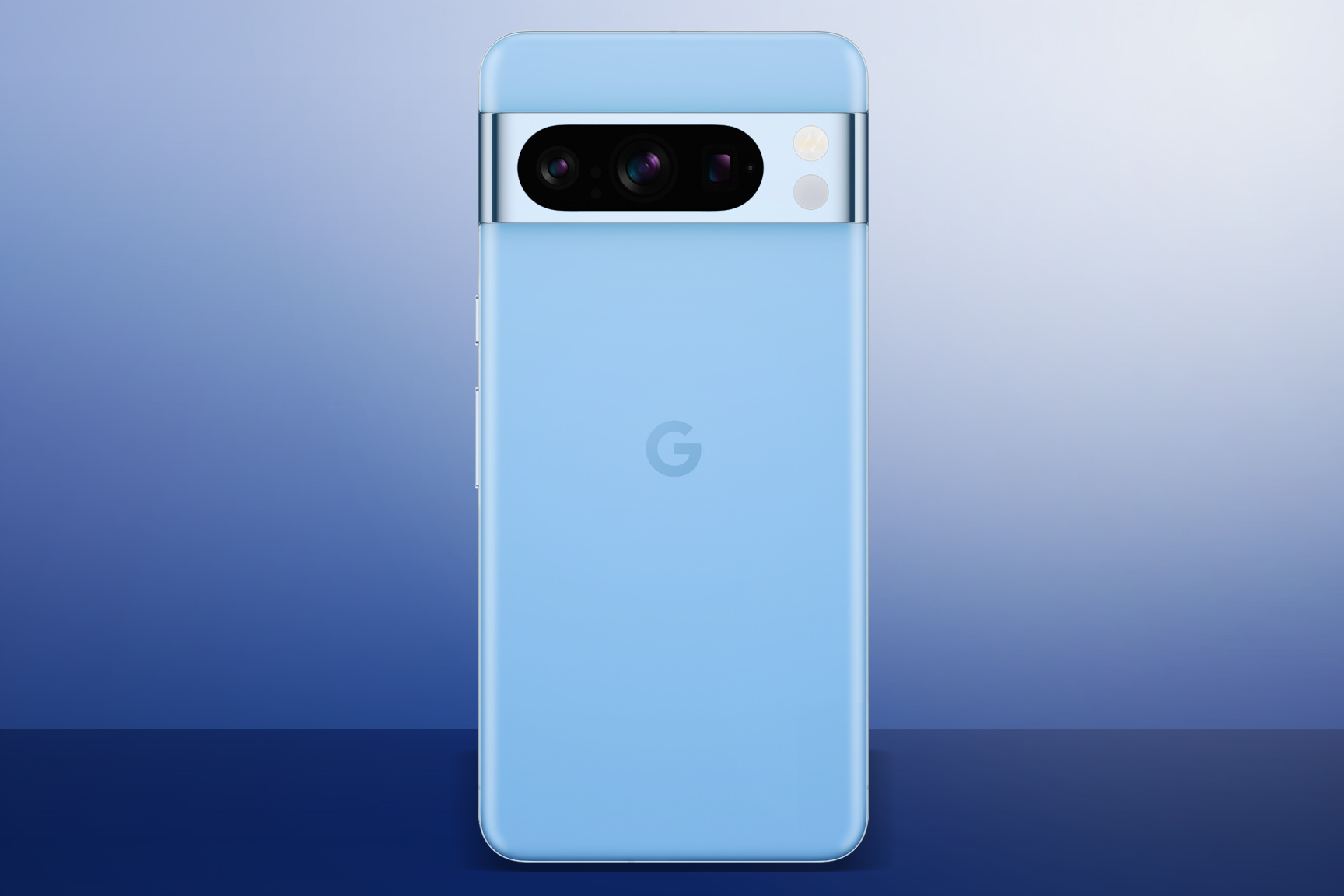
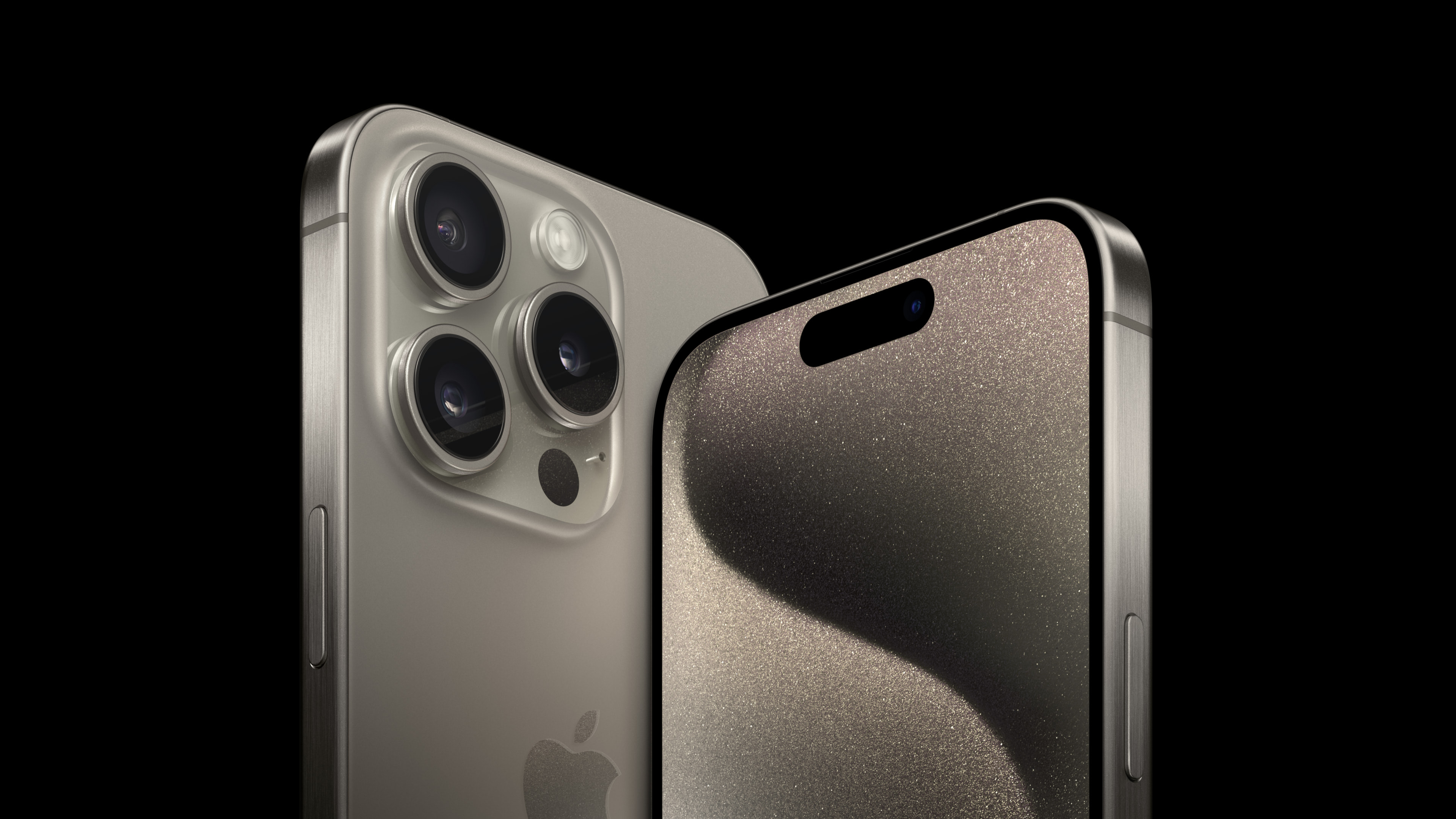
On the surface, it’s the Pixel 8 Pro that makes the biggest design departure from last year’s effort. Google has swapped from a curved edge display to a flat panel, while also rounding the phone’s corners off significantly. The stainless steel rear camera shelf remains, only now the three lenses are contained in a single cutout. You can get one in Obsidian, Porcelain and Bay colours.
The rear glass now has a matte finish, which should help keep fingerprint smudges to a minimum. It’s still a sizeable handset, at 6.7in, with an in-display fingerprint sensor, and IP68 dust and water resistance.
Apple might not have shaken up its styling very much, but this year’s Pro-iest iPhone now has a titanium frame instead of stainless steel. It’s lighter, while still being scratch-resistant, so the larger iPhone 15 Pro Max doesn’t feel as much of a chunk as its predecessor. At launch you can get one in Black, White, Blue and Natural Titanium colours.
The other major changes are found at the sides. Apple’s long-running mute switch has been swapped for a customisable haptic Action Button, which can be set to perform a multitude of different tasks. With the regular iPhone 15 now getting the same Dynamic Island camera cutout as the Pro, this is the main giveaway you’re looking at the pricier model. All iPhone 15 models have also swapped to USB-C charging now, ditching the proprietary Lightning connector.
Apple will sell you a 6.1in iPhone 15 Pro or 6.7in iPhone 15 Pro Max – although the smaller handset makes some concessions on the camera front. Google only offers the Pixel 8 Pro in one size, with the smaller Pixel 8 missing a telephoto lens entirely.
Pixel 8 Pro vs iPhone 15 Pro screens: bright and brighter
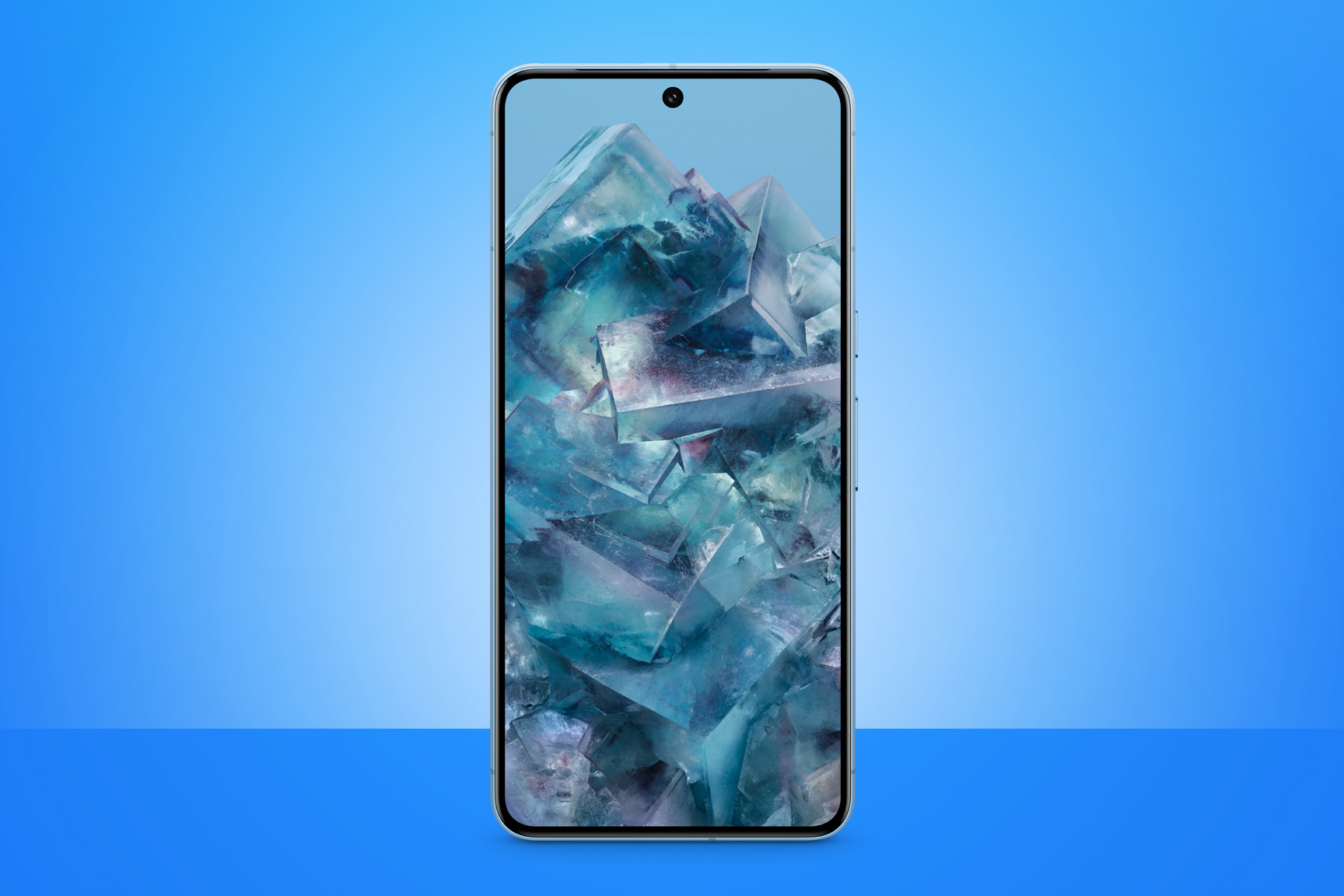
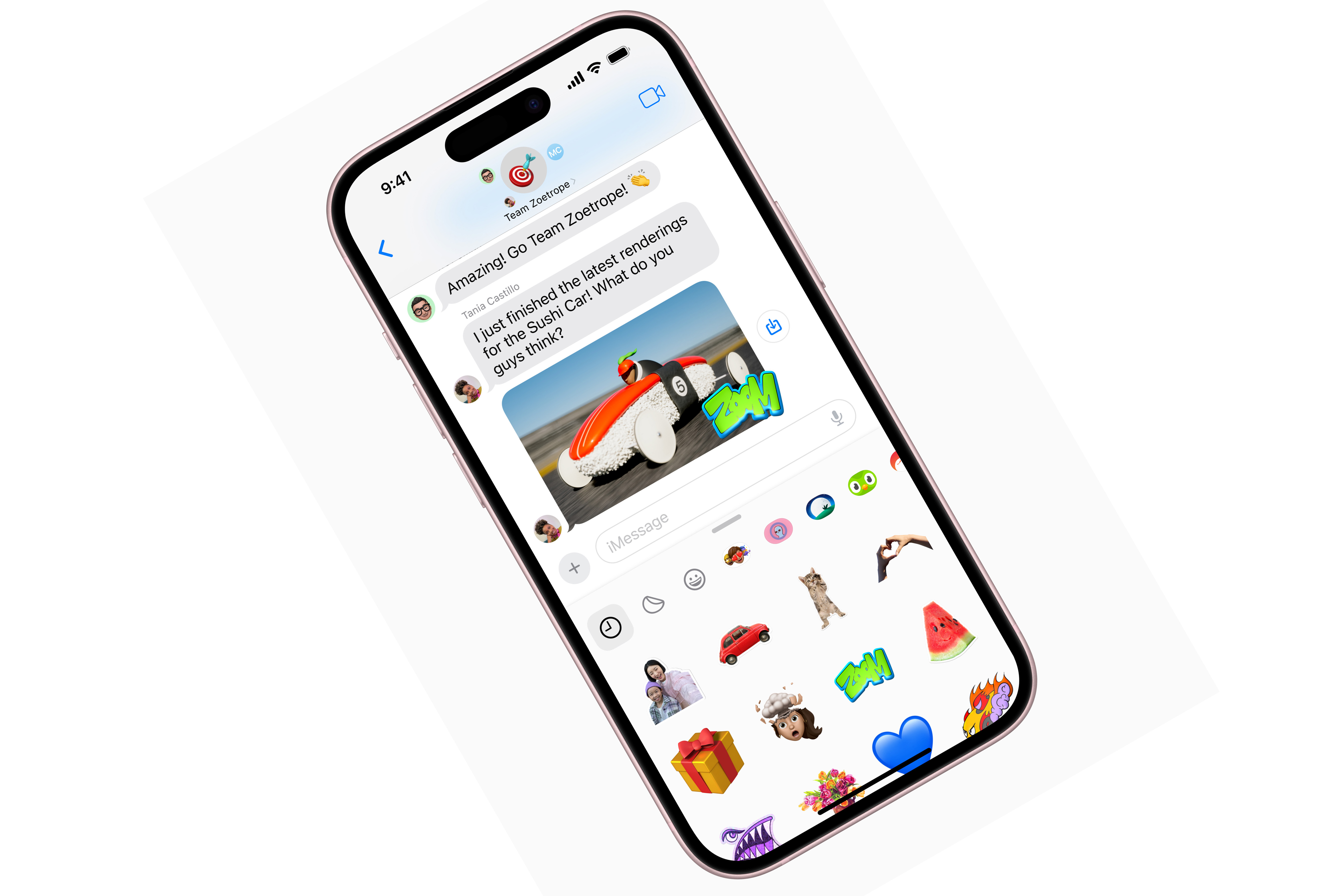
Both the Pixel 8 Pro and iPhone 15 Pro use OLED display tech, offer high 120Hz refresh rates, and always-on display functionality. Their respective LTPO panels can also drop down as low as 1Hz to save on battery life when displaying static images.
Whether you go for the iPhone 15 Pro Max and its 2796×1290 resolution screen, or the smaller iPhone 15 Pro’s 2556×1179 display, you’re getting the same 460ppi pixel density. Google has actually dialled the resolution back from last year’s Pixel 7 Pro, but the Pixel 8 Pro’s 2992×1344 panel still offers more pixels per inch.
Google also takes the lead on display brightness, at least on paper. The firm’s “Super Actua” panel can deliver up to 1600 nits for HDR content (a 100 nit increase over the Pixel 7 Pro) and hit 2400 nits in High Brightness Mode (HBM). The iPhone 15 Pro manages a 2000 nit peak in HBM – which is perfectly usable outdoors in strong sunshine.
Both phones have cutouts for their front-facing cameras – but only Apple has turned it into a feature. The Dynamic Island pill is incorporated into iOS, with interactive elements and useful info displayed around it. The Pixel 8 Pro’s circular punch-hole looks pretty dumb in comparison.
Pixel 8 Pro vs iPhone 15 Pro cameras: make room for zoom
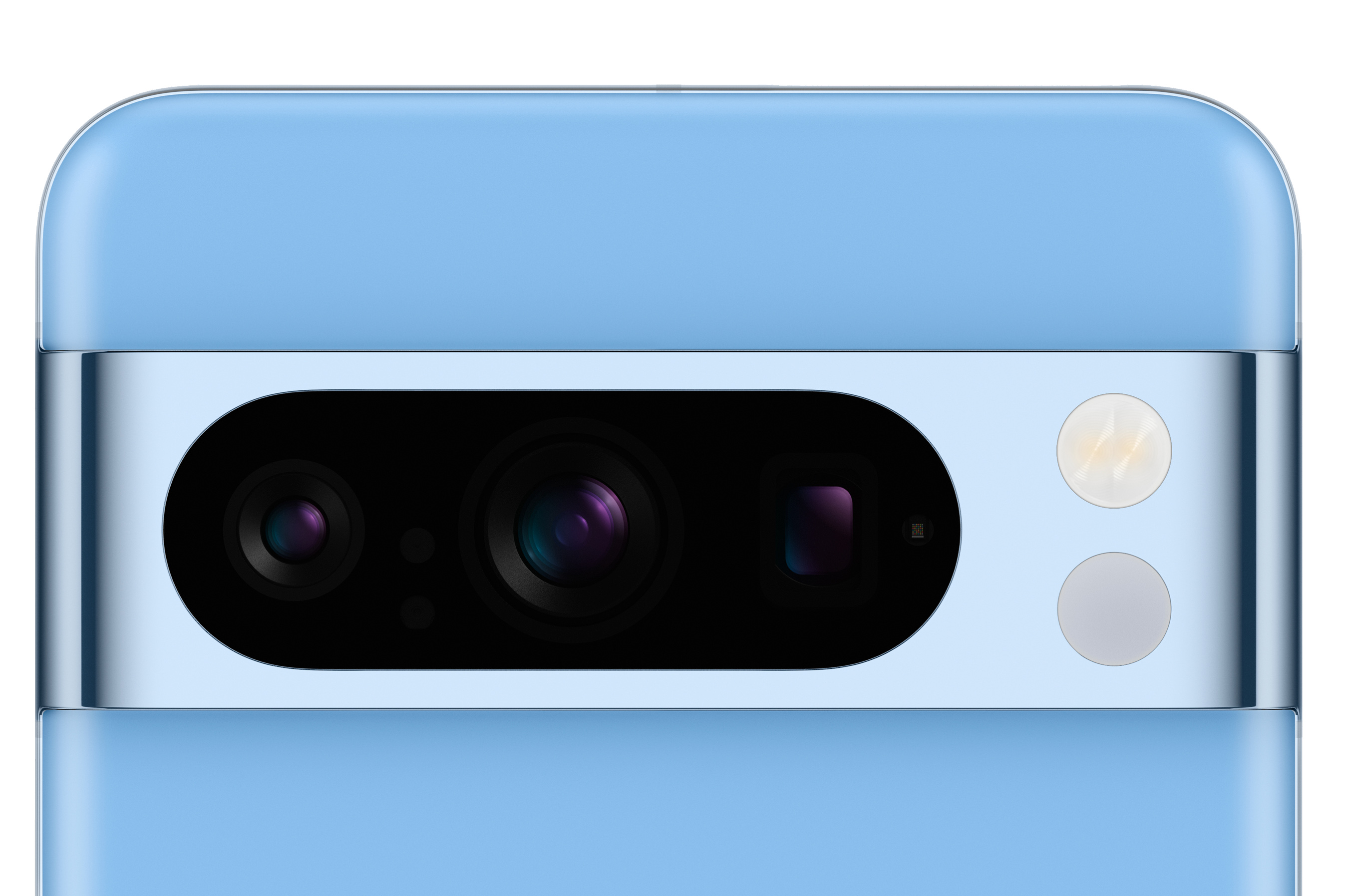
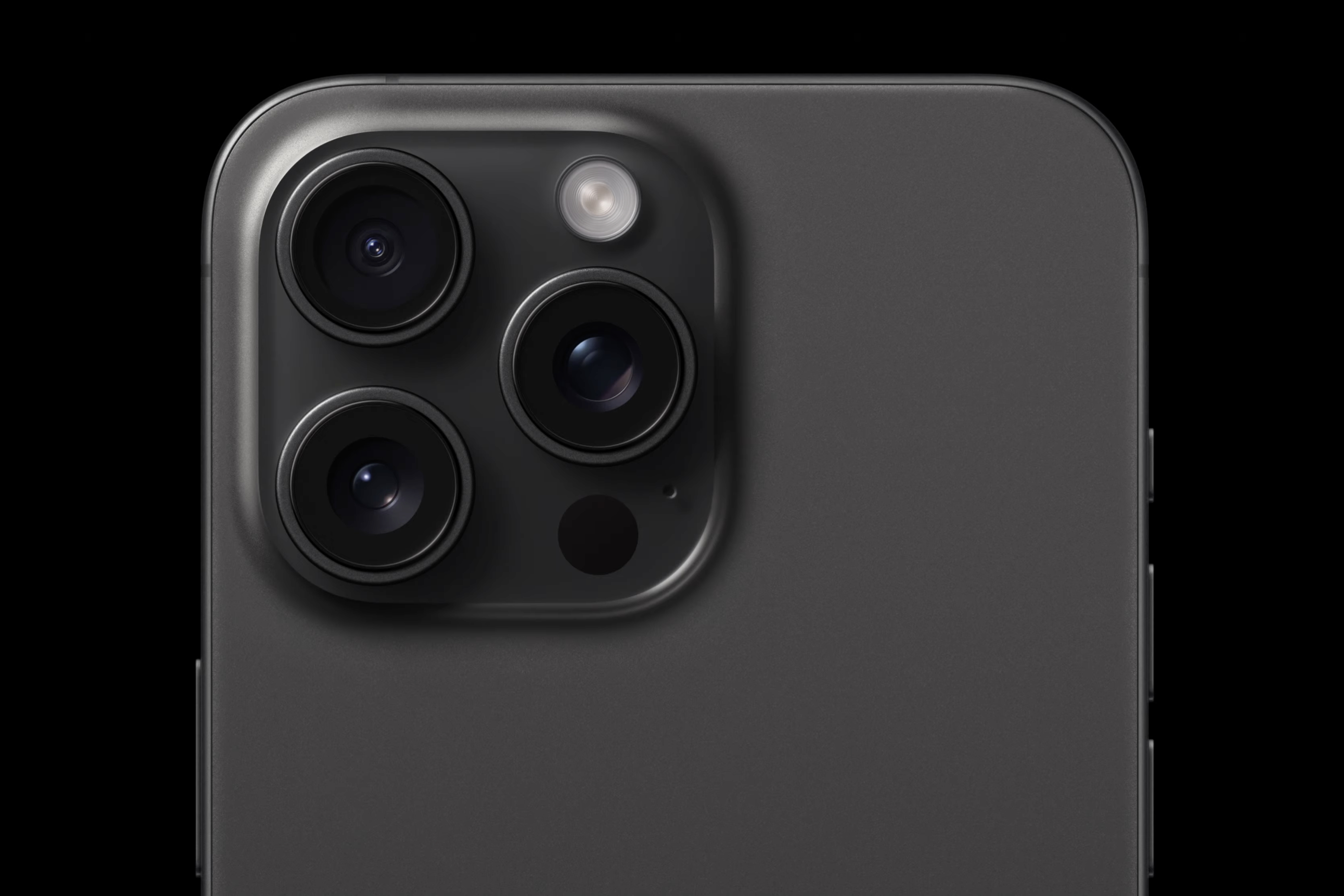
Both the Pixel 8 Pro and iPhone 15 Pro have a trio of rear cameras – a lead snapper, an ultrawide and a telephoto – but have different ideas about pixel count and image processing.
Google has gone for a 50MP main sensor with f/1.9 lens, optical image stabilisation, multi-directional PDAF and laser assistance. The 48MP telephoto also has PDAF and OIS, and has a lens that delivers 5x optical zoom. Google’s Super Res Zoom uses sensor cropping and algorithms to get you even closer to your subject, at the expense of image quality. The 48MP ultrawide has less advanced autofocus, but it is able to double as a macro lens.
The biggest software upgrades include Best Take, which takes multiple frames every time you press the shutter button and stitches them together so that everyone in frame is looking their best. Manual controls are also on offer for the first time, saving you from downloading a third-party camera app and losing out on Google’s excellent image processing.
Apple’s main camera uses a 48MP sensor with f/1.8 lens, dual-pixel PDAF and OIS. The 12MP ultrawide has PDAF too, so can do macro close-ups. The biggest upgrade is to the 12MP telephoto, which uses a tetraprism design to deliver 5x optical zoom. Or, it does on the iPhone 15 Pro Max – the iPhone 15 Pro tops out at 3x zoom.
A new “any lens you like” approach lets you pick which focal length you use the most and set it as default, so there’s less faffing before each snap. From our testing, the iPhone 15 Pro takes fantastic still photos from any distance, in all lighting scenarios. It also remains the best choice for video, with prores support baked in.
Pixel 8 Pro vs iPhone 15 Pro performance & battery: feel the heat
The Pixel 8 Pro is the headline act for Google’s new Tensor G3 processor. It uses a 1+4+4 core design and is built on a 4nm process by Samsung, which should mean it’s not as much of a power hog (and heat generator) as last year’s Tensor G2. It’s paired with 12GB of RAM and either 128, 256 or 512GB of storage. US customers can also buy a 1TB model.
Raw performance is reportedly a bit less than the current Android king, Qualcomm’s Snapdragon 8 Gen 2, but it makes up for that with AI optimisations that play nicely with Google Assistant and Android 14’s machine learning features. While we’ve yet to try it, we’re expecting daily use to feel perfectly responsive.
That said, Apple’s in-house silicon has long been some of the fastest you’ll find in any phone, and this year is no different. The Apple A17 Pro CPU at the heart of the iPhone 15 Pro and Pro Max is an absolute powerhouse, with a GPU that can run console-quality games. It’s built on a 3nm process, making Apple the first to do so in a consumer product, which should make it especially power efficient.
This bodes well for battery life, as Apple never fits especially big batteries inside its phones. The iPhone 15 Pro has a 3274mAh cell, while capacity climbs to 4441mAh in the iPhone 15 Pro Max. The Pixel 8 Pro, meanwhile, has a 5000mAh battery. Expect a full day of use, whichever you go for.
Wired charging speeds are around the same, with the iPhone managing 25W and the Pixel topping out at 23W. Google says the Pixel can also manage 23W on a wireless charging pad, while Apple says 15W is the maximum using a MagSafe device. On a Qi pad it’ll only do 7.5W. Qi 2 will effectively bring MagSafe magnetic accessories to non-Apple brands, but the Pixel 8 Pro doesn’t have it.
Pixel 8 Pro vs iPhone 15 Pro Software: smart vs smarter
Android 14 brings a whole host of behind-the-scenes security and quality of life improvements to Google’s operating system. It also debuts fun features like a customisable lock screen, AI-generated wallpapers (though not at launch) and more consistent Material You theming across its various apps and widgets.
The Pixel 8 Pro will continue to play nicely with Chromebooks, and is the perfect pairing for a Pixel Watch 2 smartwatch – but Google’s ecosystem still has a long way to go to catch up with Apple’s. iOS 17 is incredibly streamlined, with a visual consistency to its homescreen widgets Android fans can only dream of.
There’s too much to go into specifics here, but being able to hand off to your MacBook or iPad, use your AirPods Pro across multiple devices, and sync to your Apple Watch is a first-rate experience. Apple’s own-brand apps like Health, Audiobooks and iMovie work flawlessly, and it’s the OS of choice for creative pros on the go.
Google Pixel 8 Pro vs iPhone 15 Pro initial verdict

It’s great to see Google addressing some of the Pixel 7 Pro’s biggest pain points with its latest and greatest smartphone. A flat display, more powerful yet more efficient CPU, and even more camera smarts should make the Pixel 8 Pro a worthy upgrade.
This year’s competition is fierce, though. Apple maintains its performance lead, while also matching Google for zoom lens ability and stepping up on premium materials. The Pixel 8 Pro doesn’t even undercut the iPhone 15 Pro on price. Battery life is largely the same. We’re big fans of the customisable action button. Camera image quality may sway us the other way, but right now we think it might be Apple that comes out on top.

